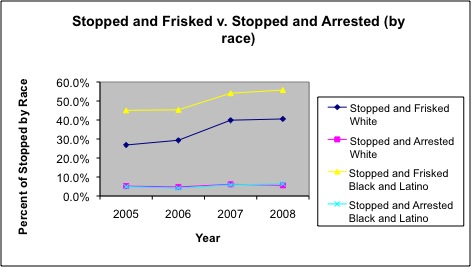this is from a press-release and conference abstract. If these findings withstand repeat testing & peer-review, this is huge-Certain Syringes More Likely To Spread Hepatitis C Virus Among Drug Users
•...This is believed to be the first study establishing the survival of HCV in contaminated syringes and the duration of potential infectiousness. HCV is transmitted through blood-to-blood contact. There is currently no vaccine against HCV, and treatments are problematic because of limited efficacy, high cost and side effects. Untreated, HCV can cause severe liver disease and even death. HCV infection from people sharing contaminated syringes is one of the most common and predictable consequences of injection drug use.
The Yale team simulated the most common scenarios of injection drug use in order to measure the longevity of the residual virus-blood mixture left in syringes after injection. After loading blood spiked with HCV into various syringes and depressing their plungers, researchers tested the residual blood for the presence of infective HCV immediately and after storage for up nine weeks.
They observed a prolonged survival of HCV infection at all storage temperatures, with viable amounts measured even at nine weeks in tuberculin syringes that have detachable needles. They observed far less viable HCV in insulin syringes with attached needles.
“This tells us that syringes with detachable needles are the most dangerous in terms of potential HCV infection, because they are far more likely to transmit a surviving virus,” said lead author Elijah Paintsil, M.D., assistant professor of pediatrics and pharmacology at Yale School of Medicine.•



